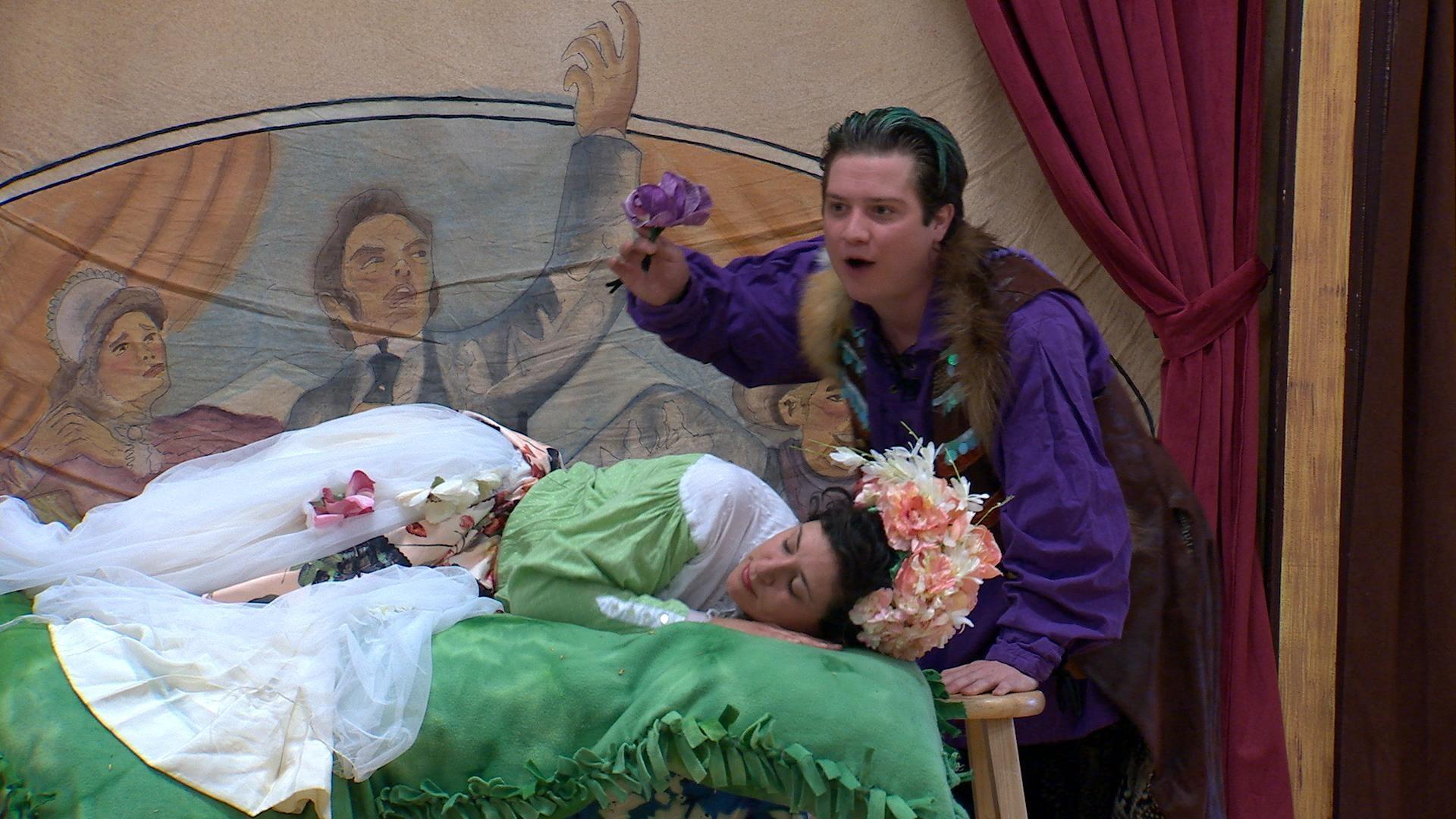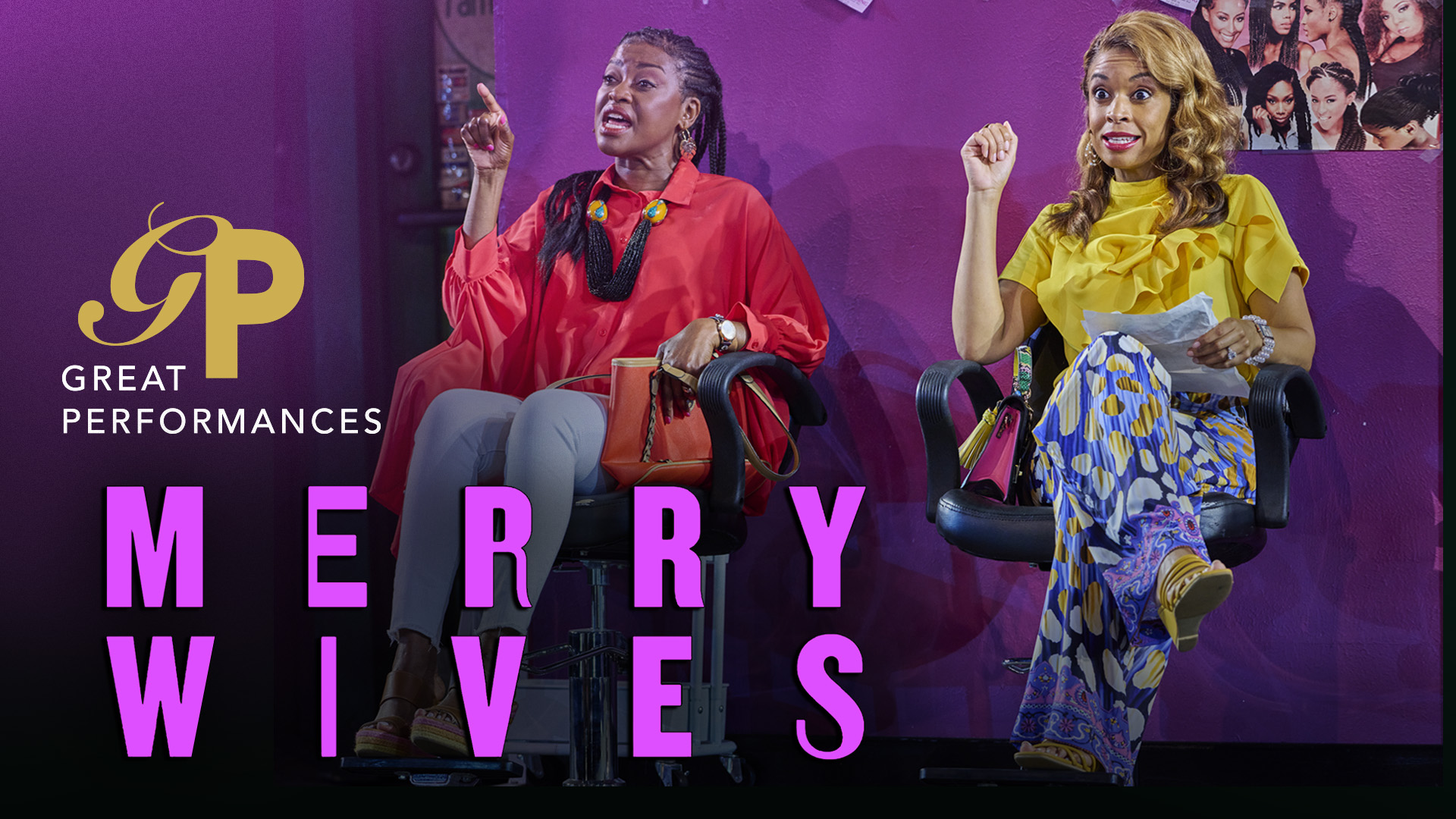
This is part 3 of a 4-part Shakespeare in the Classroom blog series. With the help of several Shakespeare experts, APT Education Specialist Cody Carlton shares his experience as a former theatre director and classroom educator to help us understand the bard 's enduring legacy and how students can connect with the over 400 year-old literary icon.
Act 4: PBS LearningMedia Resources for Teaching Shakespeare
PBS LearningMedia provides engaging, classroom-ready resources for teaching Shakespeare across all grade levels. The following resources are categorized by grade level and include videos, interactive activities, and lesson plans to support performance-based learning, literacy development, historical context, and modern adaptations.
Elementary (Grades K-5)
- MONTANA SHAKES! Who Am I?: Movement and Characterization Workshop
- A video workshop exploring how emotions influence acting and characterization. Students watch an adapted scene from A Midsummer Night’s Dream and experiment with movement and emotion to develop acting skills.
- Best Use: Performance-based learning and character exploration.
- MONTANA SHAKES! DIY: Creative Design Workshop
- A short video tutorial guiding students to create puppets of fairy characters from A Midsummer Night’s Dream. Helps students visualize Shakespeare’s characters through an art-integrated approach.
- Best Use: Combining performance and visual arts to understand characters.
- Dress Romeo and Juliet (Interactive Game)
- A digital activity where students dress up characters from Romeo and Juliet, introducing them to Elizabethan fashion and theater.
- Best Use: Interactive play for familiarizing young students with Shakespearean characters.
Middle School (Grades 6-8)
- Shakespeare or Taylor Swift? – Great Performances: Romeo and Juliet
- A 9-minute video quiz where actors from a Romeo and Juliet production test whether a line is Shakespeare or a Taylor Swift lyric.
- Best Use: Modern connections and literacy—engaging activity to compare Shakespearean language with pop culture.
- Behind the Scenes of the Balcony Scene – Great Performances: Romeo and Juliet
- A behind-the-scenes video analyzing the famous balcony scene, focusing on performance choices and subtext. Comes with a lesson plan for discussion and classroom activities.
- Best Use: Performance-based literacy—students analyze staging and character emotions.
- Exploring Shakespeare: An Immersive Experience (Interactive)
- A digital interactive module that allows students to explore the world of Shakespeare and Romeo and Juliet. Includes set tours, 360° views, and interactive scene studies.
- Best Use: Independent exploration of Shakespeare’s settings, characters, and themes.
- “Up On Your Feet” – Experiencing Shakespeare
- A short video that demonstrates the importance of performing Shakespeare. Students watch peers act out a scene, then discuss the techniques used to convey meaning.
- Best Use: Classroom acting exercises to help students experience Shakespeare kinesthetically.
High School (Grades 9-12)
- Julius Caesar – Rhetoric and Relevance (Shakespeare Uncovered)
- A video and lesson plan examining Mark Antony’s speech in Julius Caesar alongside the contemporary novel The Hate U Give, highlighting how rhetoric can inspire action.
- Best Use: Literacy and modern connections—analyzing persuasive language in historical and contemporary contexts.
- History of Black Engagement with Shakespeare – Great Performances: Merry Wives
- A video discussing the rich history of Black actors and audiences in Shakespearean theater, focusing on an all-Black production of Merry Wives.
- Best Use: Historical context and modern adaptation—discussing diversity and representation in Shakespeare.
- Shakespeare: The Intersection of Art & Life (Interactive Timeline)
- A timeline tracing major events in Shakespeare’s life and historical context, highlighting how his works were shaped by his world.
- Best Use: Historical research—provides students with contextual background for deeper literary analysis.
- Rehearsing Macbeth
- A behind-the-scenes look at actors rehearsing scenes from Macbeth, focusing on the decision-making process behind performance choices, character motivations, and staging techniques. Students see how actors interpret Shakespeare’s words and how those choices impact the storytelling.
- Best Use: Performance-based analysis—students gain insight into how actors bring Shakespeare to life on stage.
This is part 3 of a 4-part Shakespeare in the Classroom blog series.








Follow Us